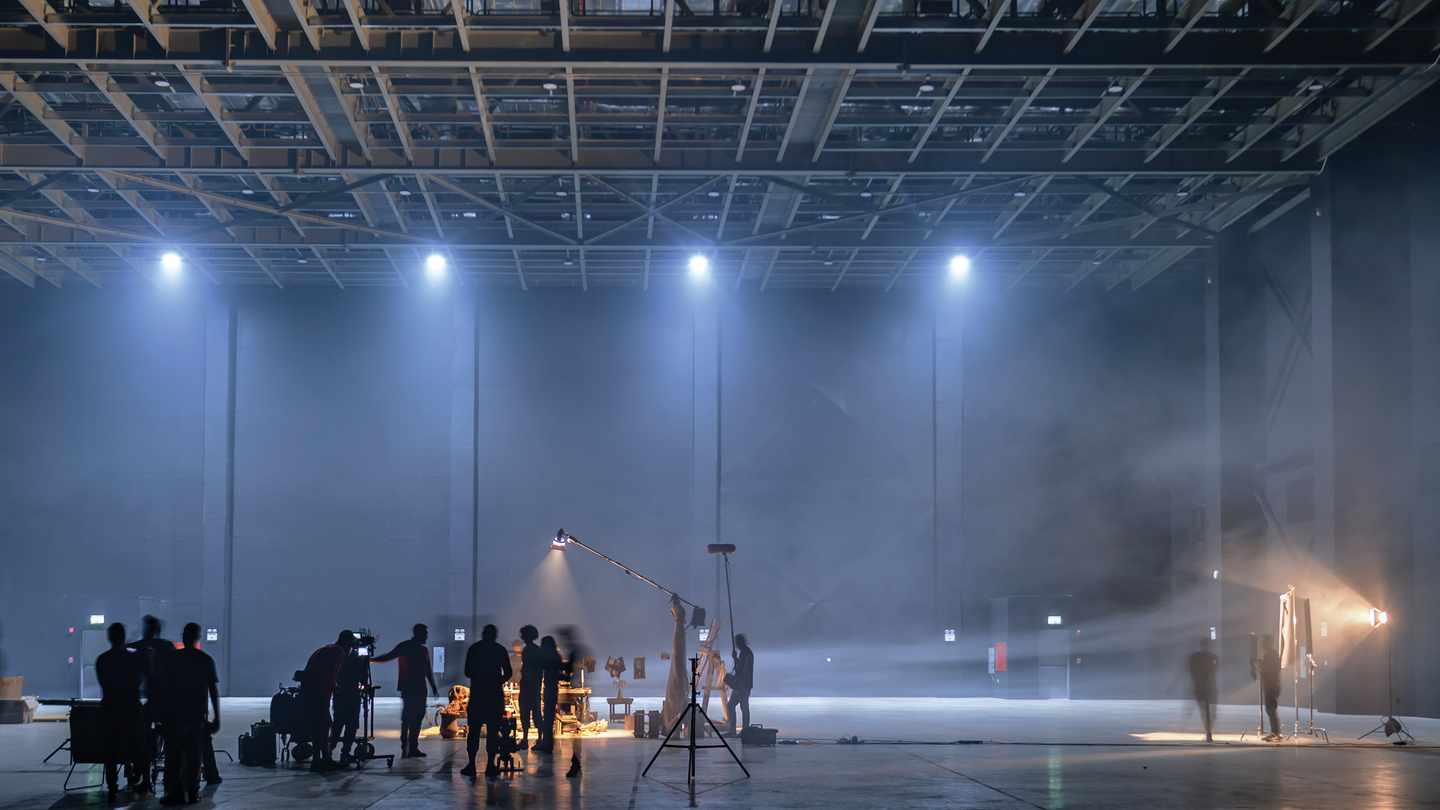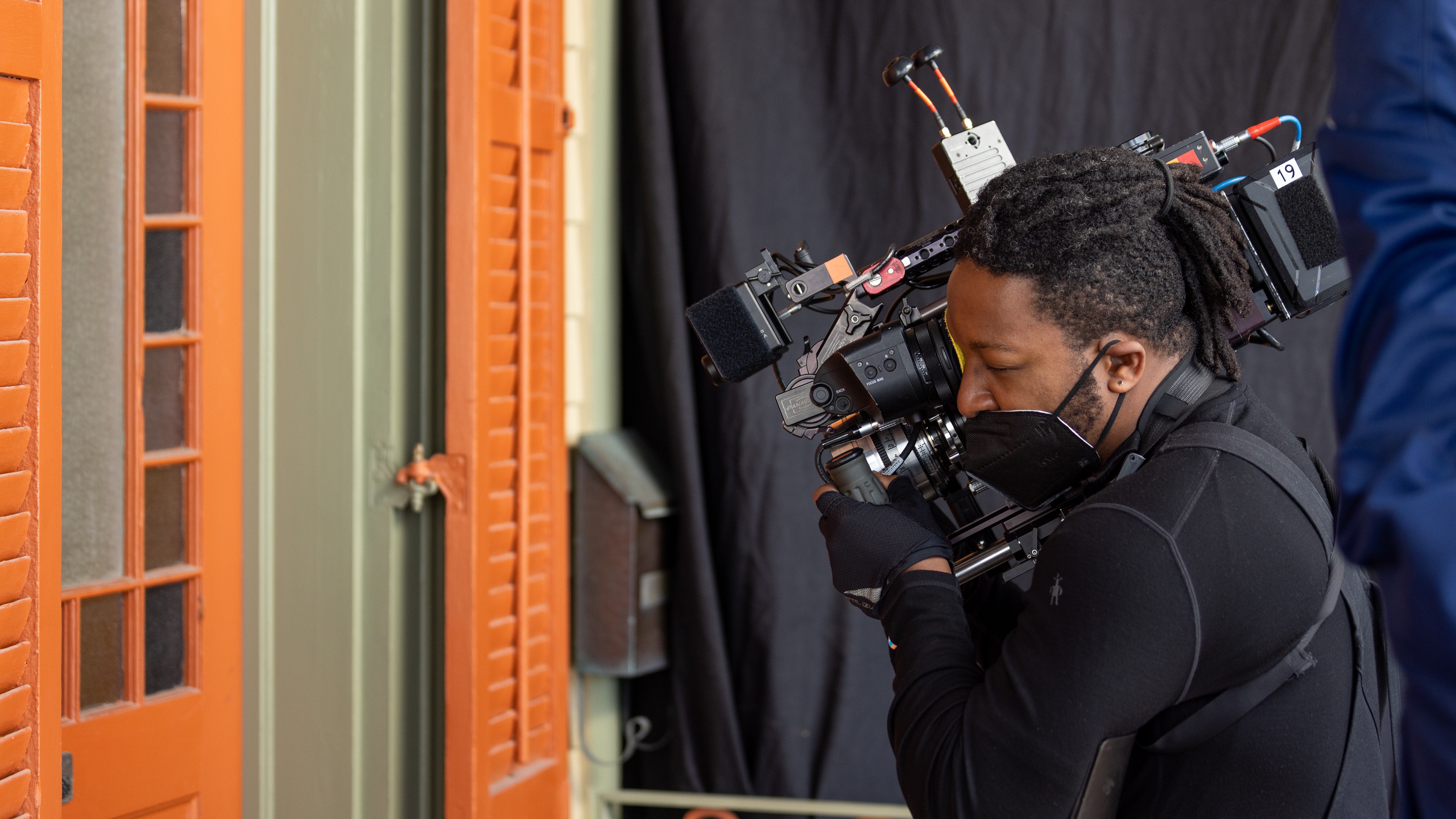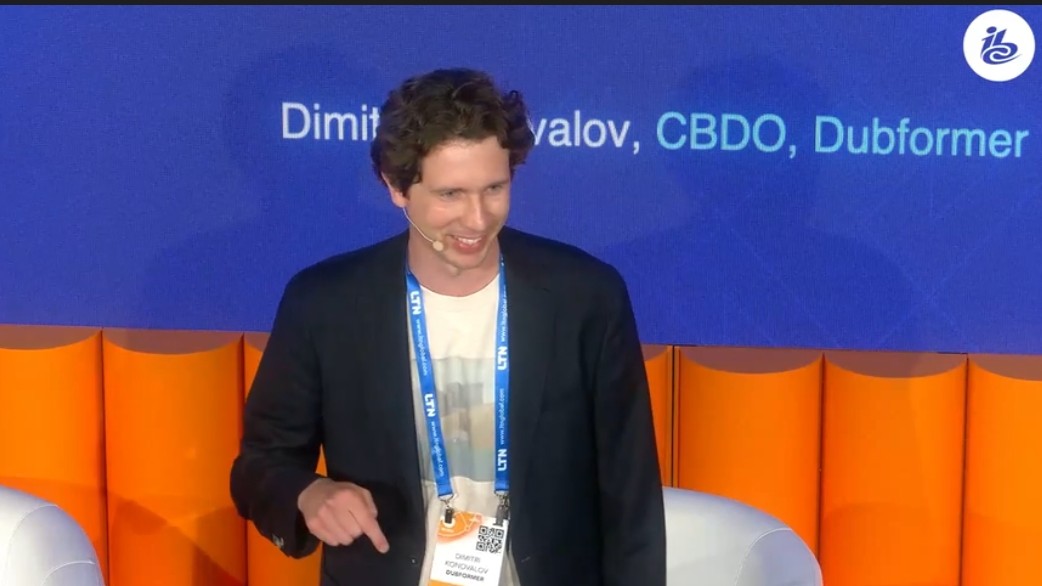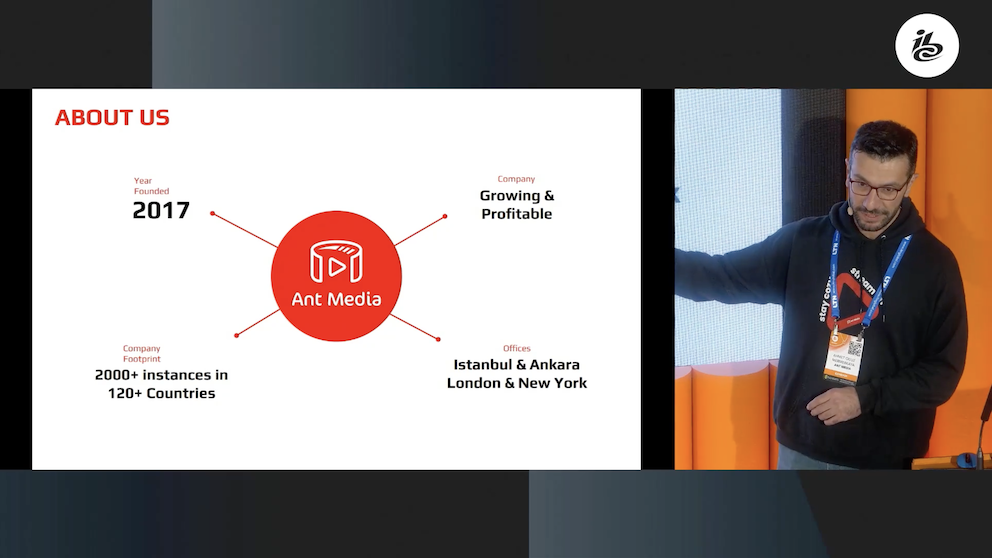Brazil’s largest broadcaster, Globo, will be introducing the TV 3.0 platform across the country in 2025. This next-generation platform is not simply about remaining competitive with streaming giants - it’s about redefining the viewer experience. John Maxwell Hobbs reports.
Carlos Octavio, Director of Corporate Strategy and Architecture at Globo, describes TV 3.0 as a transformative vision that combines the strengths of traditional broadcast television with the advanced features of digital streaming. He emphasises that TV 3.0 is not just about higher-quality video and immersive audio - it’s about fundamentally enhancing the viewer experience by integrating personalisation, interactivity, and dynamic content management. Octavio has been with Globo for 24 years, starting in IT, and working across various roles related to architecture, infrastructure, and applications. Currently, he is responsible for strategy, data governance, and partnerships and describes himself as an ‘orchestrator’ of the company’s TV 3.0 strategy.
Octavio explains that TV 3.0 aims to deliver a seamless hybrid model, where the line between broadcast and streaming is blurred. “The viewer won’t have to think about whether they are consuming content through broadcast or streaming,” he says. Instead, the focus is on providing a high degree of personalisation by knowing who is watching and delivering content tailored to their preferences, even enabling advanced features like dynamic ad insertion (DAI)...
You are not signed in.
Only registered users can view this article.
 (1).jpg)
Broadcasting in 2024: Spotlight falls on production and platforms
Over the past decade, media companies had a strong focus on the way programmes were viewed – we’ve seen HD, 3D, 4k, 8k, HDR, VR, and AR presented as the next big thing. In 2024, things shifted. John-Maxwell Hobbs digs into production and delivery practices, cloud, AI and sustainability trends of the past 12 months.
.jpg)
Highlight of the year: Olympic Gold for 5G as adoption gathers pace
The Paris 2024 Olympics marked a significant milestone in the effectiveness of 5G technologies for live broadcast, with Neutral Wireless and the BBC leading the charge.

Content Everywhere: a look back at 2024
As the year draws to a close, it seems an opportune time to ask Content Everywhere companies for their views on the top trends in 2024. As always, key industry players have been keen to respond with comments and views on how the past year shaped up both for them and the wider industry.

AI and the evolution of MAM: Part three – future outlook
In the final part of our investigation into MAM’s current and future relationship with AI, James McKeown analyses where the technology is likely to take asset management capabilities next, and the other factors driving the evolution of the space.

RSIFF: Kingdom underlines ambitions to become filmmaking powerhouse
Saudi Arabia's cinema market is experiencing a cultural renaissance, driven by increasing local productions and a growing appetite for diverse storytelling, reports Adrian Pennington from the Red Sea International Film Festival.




